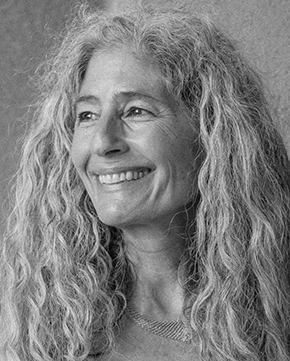Quantum Foam
The air is close by the sea and the glow from the pink moon
drapes low over a tamarind tree.
We hold hands, walk across a road rushing with traffic
to an abandoned building site on the bay, look out across the dark marina.
Sea cows sleep by the side of a splintered dock, a cluster of them
under the shallow water,
their wide backs covered in algae like mounds of bleached coral.
Every few minutes one floats up for air,
then drifts back down to the bottom,
without fully waking.
They will do this for hours, and for a while we try to match
our breath to theirs, and with each other’s.
In the morning, sitting in the garden beneath thatch palms,
we drink black coffee from white ceramic cups.
Lizards killed by feral cats are scattered on the footpath.
I sweep them into a pile with the ones from the night before.
Waves of heat rise from the asphalt,
and we sense a transparent gray fuzz lightly covering everything
as if there were no such thing as empty space,
that even a jar void of substance holds emptiness as if it were full.
“A few years ago, I was in Miami Beach and very lucky to chance upon this group of sea cows. A sea cow is such a luminous and mysterious creature—the rare times I’ve seen one I’ve felt the presence of greatness. Subsequently, I read about quantum foam. What I understood was that empty space is tremendously busy with a fuzzy, bubbly substance which fills the area between everything like connective tissue, making nothing separate. The quantum foam concept predicts nothing is really something—that everything one presumes as empty is really overflowing with fullness.”
—Elizabeth Jacobson

